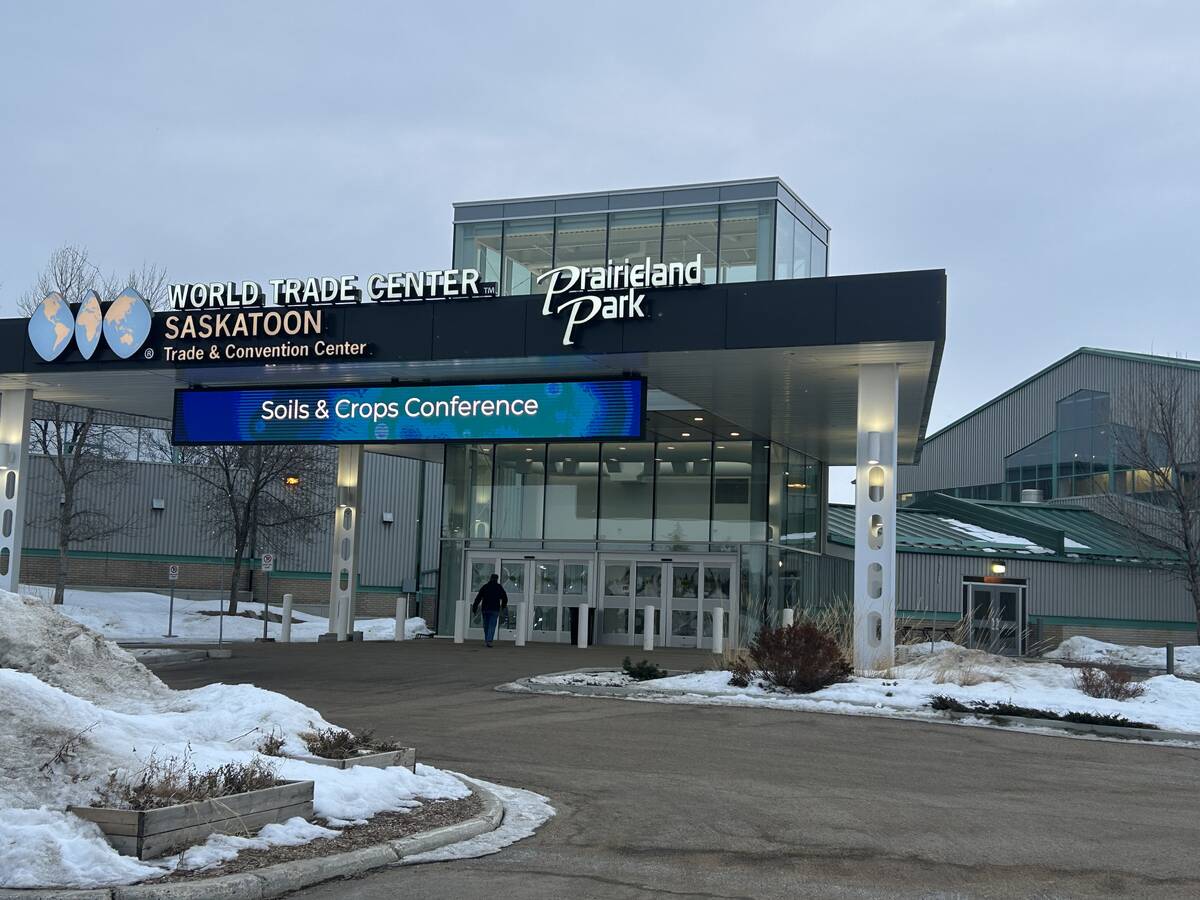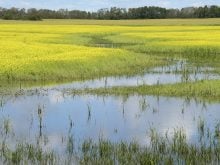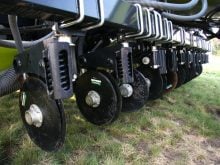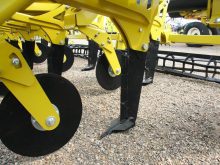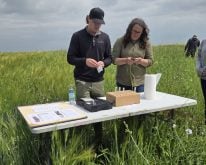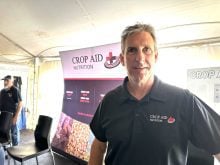The annual Soils and Crops Conference is celebrating its 60th year as a place for young and old researchers and agronomists to join together and share their research.
Starting as the Soil Fertility Workshop in 1965, the event has broadened and allowed a wider range of topics presented at Prairieland Park in Saskatoon.
In 2025, the conference was held March 4-5, gathering together researchers, agronomists, faculty and graduate students from across Western Canada who study soil biology, fertility, water management, crop development and protection, as well as agricultural economics and engineering.
Read Also

Crop quality looks good this year across Prairies
Crop quality looks real good this year, with the exception of durum.
From graduate students to doctorates to agronomists and more, the event provides a great opportunity to expand on and share ideas with people in similar fields.
The Saskatchewan Institute of Agrologists and the Certified Crop Advisor program both recognize the conference as a “professional development opportunity.”
Nathan Trowell, chair of this year’s organizing committee this year and an agronomic consultant at Nutrien Ag Solutions, said he sees value in getting the research to the farmer.
“The nice thing about this conference, compared to maybe some other academia conferences, is we have that mix of the faculty and the students with growers and farm researchers,” said Trowell.
“When you have a guy saying, ‘I got lots of suggestions,’ from a producer mindset, that’s a guy who’s not in academia, getting suggestions from academia of how to better your farm research. You can go to researchers and say, ‘OK, that’s really good information, now how do I apply that?’ ”
Gloria Gingera, communications assistant for the University of Saskatchewan’s Crop Development Centre, has been on the conference’s organizing committee since 2008.
She is one of 20 members on the board who strongly believe this conference helps push agriculture research forward, especially the next generation.
“It’s important for the graduate students because they need those types of experiences as they’re going through their degree programs,” said Gingera.
“If they’re in a master’s two-year program, their first year of data will be just a poster. But as they gain their confidence in their programs and more data, they’ll go into the rooms and present.”
There were 38 oral PowerPoint presentations on Day 1 for the 160 registered guests, as well as a multitude of poster presentations on display to view during breaks.
In recent years, the Graduate Student Travel Award has been given to a masters or Ph.D student who has shown educational studies and research in the areas of soils, crops or economics. Up to $1,500 is given to cover trip expenses for the recipient to attend the conference and present.
“We’ve added the travel award, and much, much more sponsorships, much more companies, private companies and the industry being interested and being part of it as a sponsorship. That’s been really huge,” said Gingera.
“We get a lot of interest from Alberta. In the past, we’ve also had interest from North Dakota and Montana. Some from Ontario, too.… So that’s been something that’s been added with a big sponsorship from the SIA.”

